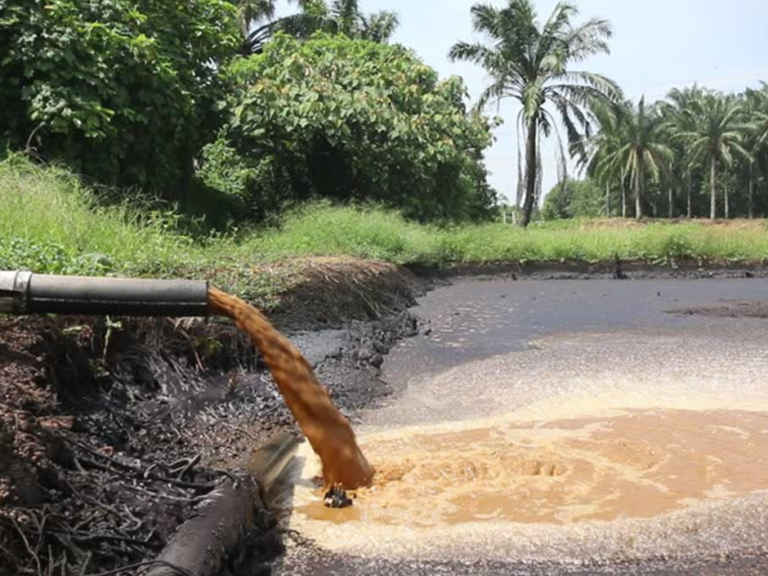
Palm Oil Mill Effluent (POME) refers to the wastewater generated during the processing of palm oil in palm oil mills. It is a significant byproduct of the palm oil industry and poses environmental challenges if not properly managed.
POME is generated during the extraction of crude palm oil from the fruit of the oil palm tree (Elaeis guineensis). The palm fruits are sterilized, threshed, and pressed to extract the crude palm oil. In this process, large quantities of water are used to separate the oil from the palm fruits, resulting in the generation of a substantial volume of wastewater known as POME.
POME is characterized by its dark brown color, high organic content, and acidic nature. It contains a range of pollutants, including suspended solids, oil and grease, organic matter, nutrients (such as nitrogen and phosphorus), and other substances that can be harmful to the environment if released untreated.
If POME is discharged directly into water bodies without proper treatment, it can lead to severe environmental pollution. The high organic content and nutrients in POME can cause oxygen depletion in water bodies, leading to water pollution and the death of aquatic organisms. Additionally, the release of untreated POME can contaminate soil, affect groundwater quality, and contribute to the emission of greenhouse gases, such as methane, which is a potent greenhouse gas.

